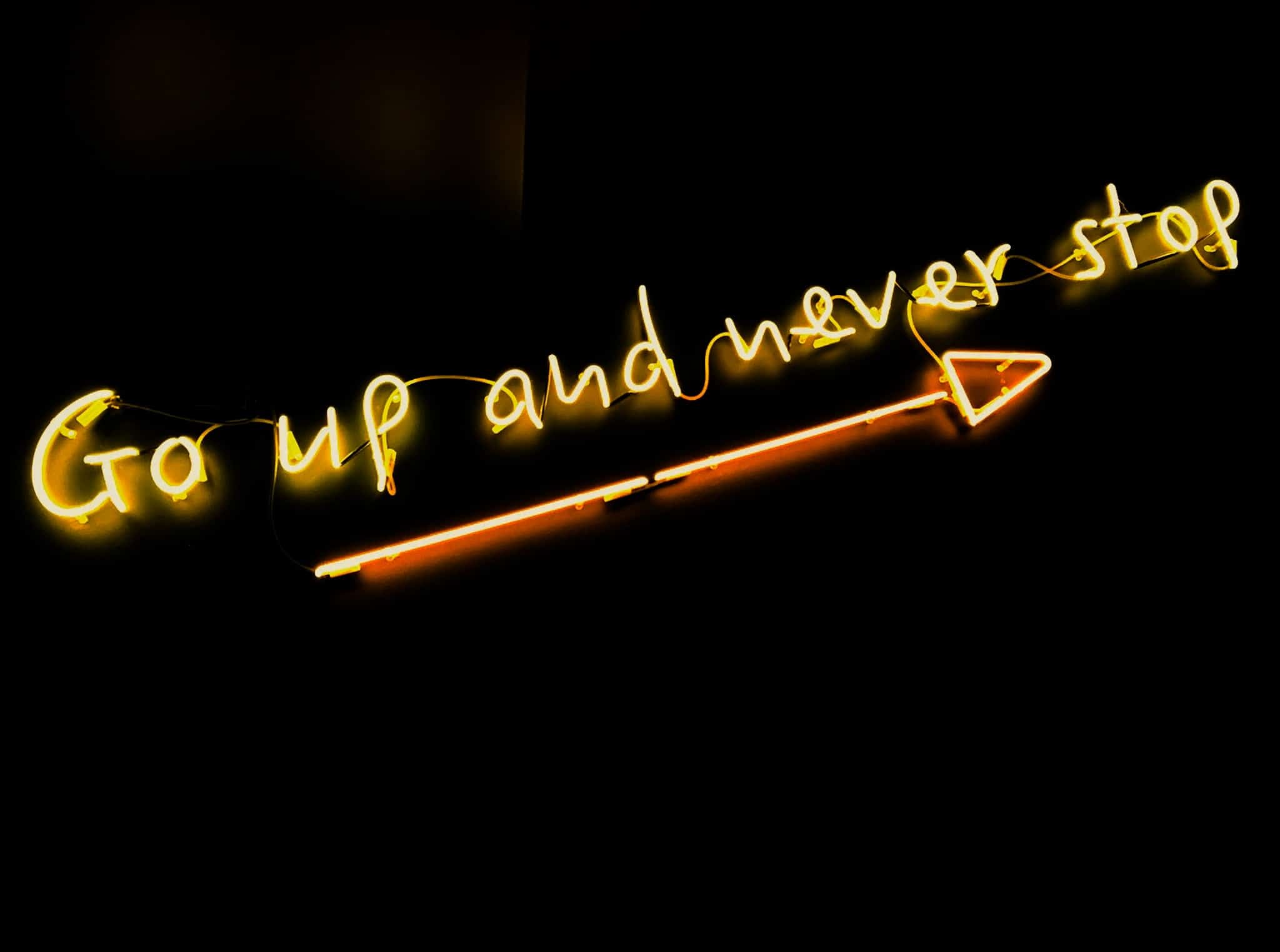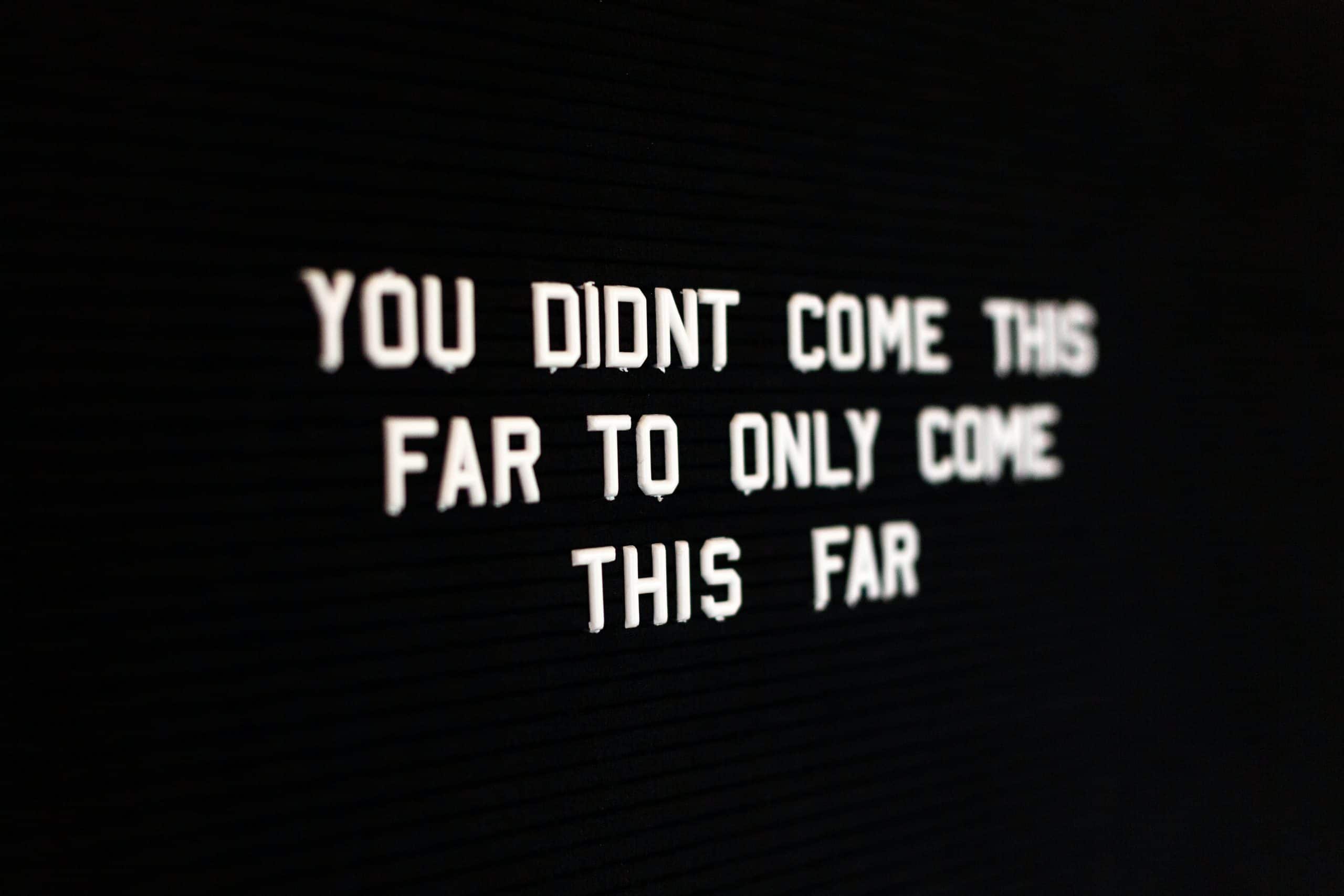Today, photographer and artist Peter Newman is featured on our blog. Read our interview with him to find out more about his practice, and his current exhibition.
Peter’s exhibition Subterranean Blues is currently showing at the CNB Gallery in Shoreditch, London, until 14 February 2016! See more information on his website, and find out more about the project in our interview.



First of all, please introduce yourself!
My name is Peter Newman and I’m a British artist currently based in London. I work in a few different media but have always been involved with photography.
How did you get into photography?
I started using a camera as a teenager, and it was an incredible alternative to drawing as a way to record the world around you. But I remember film seemed so expensive then, which made you really think about what you wanted to shoot.
Tell us more about the concept and inspiration behind the idea, and how the featured project came about?
The photographs are part of a project called Metropoly, which I’ve been working on for about ten years. I record the view looking up in different cities around the world, using an ultra wide vintage lens that captures a 180 degree field of view. It was originally invented for astronomy, to observe atmospheric phenomenon. I use it in a similar way, to photograph the urban panorama overhead. I’m fascinated by the built environment and how architecture accumulates over time.
I have a particular interest in Modernism and architects such as Mies Van Der Rohe, as well as more contemporary buildings and the way things may develop in the future. The images reveal a character to a city and the way it frames the sky. In one sense it’s a form or urban portraiture, but is also as much about the way the structures shape a view of what’s outside of our world. The buildings are both a literal representation of what has come before, but also a metaphor for other kinds of constructs and ideas. I enjoy the way that architectural allusions and ideas of space are key to how we use language to describe thinking. You ‘build’ an argument, or ‘deconstruct’ it. Some ideas ‘elevate’ and become ‘high profile’, whereas others are ‘underground’ or ‘sub’-conscious. There’s a ‘window’ of opportunity and a ‘dead-end street’.
The images are created in-camera, with a single exposure. Occasionally I might remove a mis-placed lamp post in photoshop, but it’s important to me that the photographs stand as a record of a place. The longer I work on the project the more I realise how cities are constantly changing. Although the photographs have this documentary quality, tracing a particular moment in the history of a city, there is also an aesthetic side to the work that relates to decisions about composition, light and a way of looking at the world.
From a practical point of view, working with this lens presents quite a few challenges. It almost removes the ability to choose what you’re looking at and to frame the picture. Due it’s panoptic quality, slight changes in position radically alter what appears in view. So I do a lot of walking to find the exact location where everything falls into place, and then the time at which to record it. The process emphasizes a physical relationship to the world and requires becoming aware of everything around you. It’s one of the things I really enjoy about the project. I feel quite different a few hours in, when working with my camera.
The project came out of a previous series of work. I was making paintings of airplane trails. For source material I’d take lots of photographs of the sky. As I live in the city, these would often have bits of building at the edges. I started to be interested in these quite abstract shapes and how they were shaping the sky. So I gradually took wider and wider angled photographs and started to investigate the optics that could capture everything overhead. And then became interesting to record the architecture of different cities. It was very much a process of ‘in the doing you find’.



What inspires you?
In a general sense, my inspiration comes from an interest in the human relationship to space and modernity. Things seem to be changing very fast right now with regards to an awareness of virtual worlds, connectivity and a sense of proximity unrelated to physical space.
More specifically, I think the Metropoly project connects to earlier serial and typological photography, such as the work of Bernd and Hilla Becher, the German artists who methodically recorded the mechanical structures of the industrial age. Although I don’t have that level of objectivity, I have a great admiration for it. And, the Equivalentsseries of cloud photographs by Stieglitz are just phenomenal. They manage to be both evocative and detached at the same time.
Have you got any new projects on the horizon?
I’m releasing some time-lapse video works called the Dial series on Sedition, the online art portal. They’re a development from the Metropoly photographs, but depict a 220 degree view that includes the activity at street level, which is why it made sense for them to be moving image works. I’ve just installed a permanent Skystation sculpture in Nine Elms, London. This is an interactive sculpture to lie on and look upwards. And I’m working on a couple of projects to place it in different cities in the future. I have a solo exhibition at the gallery in Foyles, launching in February. That will include a fiberglass version of the Skystation as well as photography work, and you can find out more on my website below.
Peter Newman

